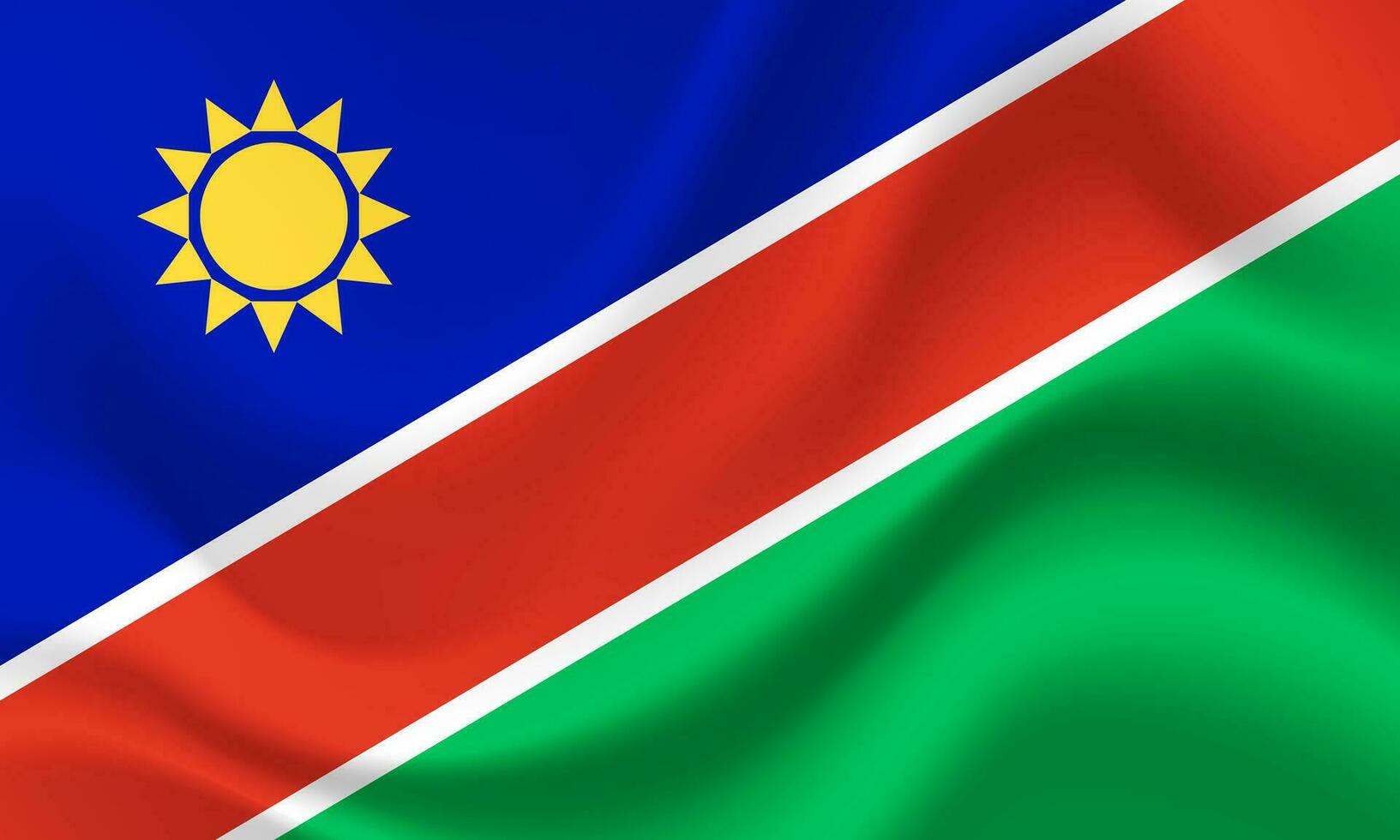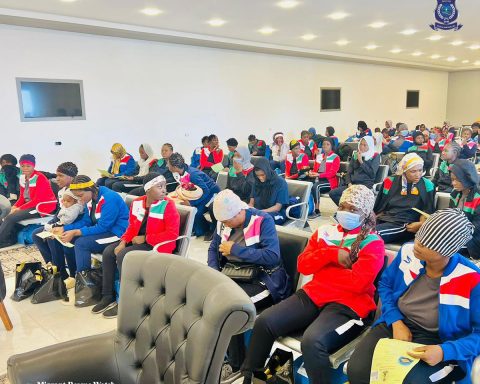Namibia’s food security situation is expected to deteriorate sharply between October 2025 and March 2026, with about 612,000 people facing high levels of acute food insecurity, according to a new national assessment. The projection means one in five people analysed are likely to struggle to access sufficient food during the upcoming lean season.
The findings are contained in the latest Integrated Food Security Phase Classification report for July 2025 to June 2026, which warns that a combination of economic pressures, drought-related shocks, and weakening household resilience will push more families into crisis.
The report says the anticipated decline is driven largely by the government’s drought relief programme that ended in August, leaving vulnerable households without critical support ahead of the toughest months of the year. High unemployment, estimated at 36.9%, and poor livestock conditions in drought-prone regions are expected to compound the situation. The report also notes that Namibia’s national strategic food reserves hold just 3,505.7 tonnes of grain, roughly 15% of their full capacity. Analysts warn that the limited buffer stock leaves the country exposed should food prices or supply pressures worsen.
Join our WhatsApp Channel“The lean season will expose thousands of households to severe food shortages, particularly in regions such as Kunene, Kavango West, Zambezi and Omaheke, where up to 30% of the population could face crisis-level food scarcity,” the assessment states. Rising food prices, fewer labour opportunities, and declining purchasing power are further deepening household vulnerability, especially in rural and marginalized areas. Annual food inflation reached 6.4% in June, driven by higher prices for fruit, meat, oils, and grains. “High food prices are placing significant strain on lower-income households, forcing many to reduce meal frequency and quality,” the report says.
READ ALSO: Global Hunger Persists Despite Food Surplus, UN Warns
Conditions are expected to improve slightly between April and June 2026, when food-insecure households are projected to decline to about 408,000 people, or 13% of the assessed population, as families begin consuming food from the next harvest. Thirteen regions are projected to shift from crisis levels to stressed levels during this period due to improved rainfall, better grazing, and greater water availability.
However, the report identifies Kunene as a continuing hotspot, citing flood-related crop losses, veld fires, and chronic structural poverty that leave households highly vulnerable even during periods of broader national improvement.
The assessment notes that food security strengthened significantly in early 2025, with the number of food-insecure people falling from 1.15 million to 456,000 between July and September 2025. This improvement was largely attributed to a 75% rise in communal crop production and above-average rainfall that restored pasture and water sources.














